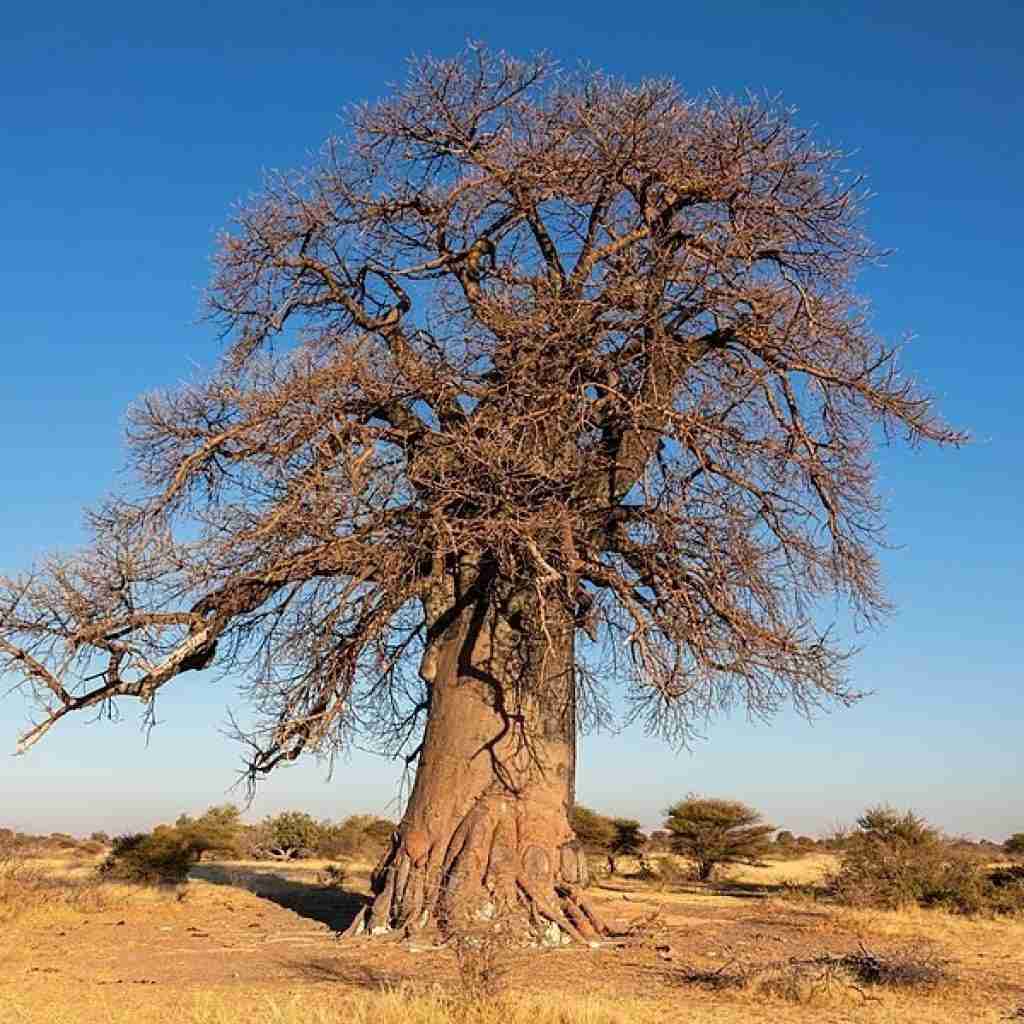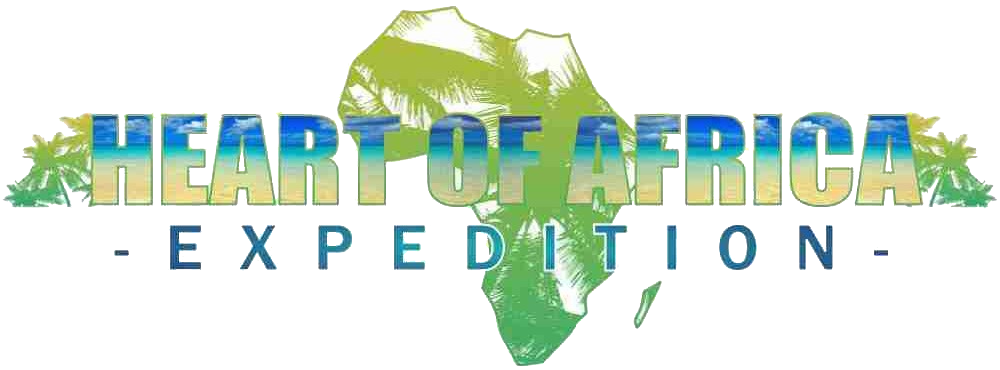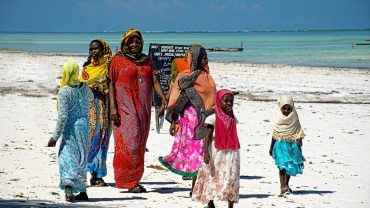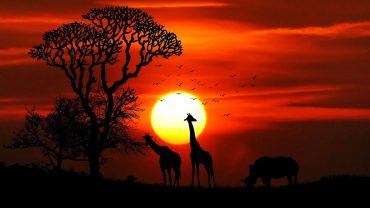C’era una volta… un grande lago. Si chiamava Lago Makgadikgadi e le sue acque conservavano i sali minerali delle rocce del suo letto. Anche l’acqua portata dalle piogge e dai fiumi portava una certa quantità di salgemma. Quando, circa 10.000 anni fa, l’improvviso aumento della temperatura trasformò quelle pianure in un deserto, il lago scomparve. È rimasto e resta solo il sale a ricordare all’uomo della sua esistenza.
Oggi, questo sale è protetto dal governo del Botswana come Makgadikgadi Pans National Park, cioè Parco Nazionale delle Saline di Makgadikgadi. Si compone di due grandi pozze e molte altre più piccole. A volte la regione viene allagata dal fiume Nata, non appena la stagione delle piogge aumenta il suo flusso. Quando l’acqua si ritira, il processo salino ricomincia da capo.
Natura delle pozze di Makgadikgadi
Il Parco Nazionale delle Saline di Makgadikgadi non è un’area verde, ovviamente. Ma c’è vegetazione. Si compone di strati di alghe, durante la stagione delle piogge, e di erba cortissima tipica dei luoghi asciutti nei restanti mesi. Uscendo dai terreni salati si possono trovare praterie, palme, grandi baobab e acacie. Inoltre si possono ammirare i famosi baobab di Baines, dipinti dall’artista britannico Thomas Baines nel 19° secolo, che sono ancora lì!
Le saline più importanti sono Sua Pan (4.921 kmq) e Nwetwe Pan. Poi ci sono i più piccoli Nxai Pans che sono anche inclusi in un’altra riserva protetta, a parte. Sua Pan è un lago stagionale, che accoglie ogni anno inondazioni durante la stagione delle piogge e si secca durante i restanti mesi. Nwetwe custodisce da molto tempo rovine archeologiche. Fu uno dei primi laghi salati descritti dall’esploratore Livingstone.

Fauna selvatica a Makgadikgadi
Nelle zone aride e salate solo gli struzzi hanno trovato il loro habitat ideale durante tutto l’anno. Intorno alle saline e nella prateria si possono incontrare rettili, tartarughe, molte lucertole. Una in particolare vive solo in questa regione (Spiny Agama). Gli uccelli vanno e vengono continuamente nel Parco Nazionale. Potrete vedere i fenicotteri, che sostano qui durante la loro migrazione. E una specie endemica di fenicottero che è la più grande – per dimensioni – in Sud Africa!
Le ampie pianure di questa zona arida ospitano anche zebre e gnu. Spesso corrono attraverso la prateria o bevono negli stagni d’acqua o riposano sotto grandi baobab. Dove trovate zebre e gnu trovate anche predatori che li inseguono, come i leoni. Makgadikgadi è un buon posto per i safari. Ammirerete animali ma anche paesaggi e colori incredibili. Un safari al Makgadikgadi è un’esperienza imperdibile.
Informazioni turistiche sul Parco
Cosa fare: a Makgadikgadi si possono fare safari, ovviamente, principalmente in jeep. Assicuratevi di andare sempre con una guida locale. Potete anche andare in quad, fare birdwatching o esplorare le saline a piedi. Esiste la possibilità di alloggiare all’interno del Parco Nazionale grazie ai lodge Makgadikgadi che hanno anche una pista di atterraggio locale per piccoli aeroplani.
Come arrivare: ci si arriva in aereo, atterrando alle piste di atterraggio di Makgadikgadi o agli aeroporti di Maun o Kasane. Quindi si prende un autobus locale o si va in jeep, con tour organizzati, fino al Parco.
(traduzione dall’inglese di Grazia Musumeci)






Comment (0)